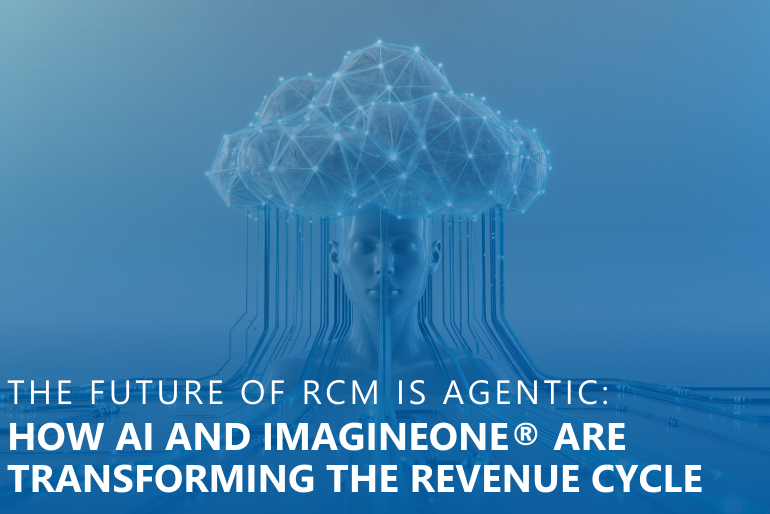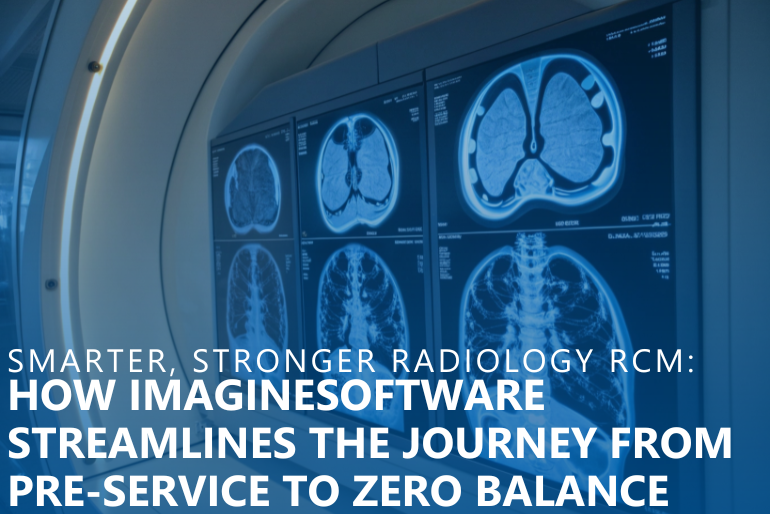What seems like routine, annual wellness visits can quickly become a burden for many patients. From unmet health insurance deductibles to increasing prescription drug costs, more and more patients are skipping “wellness” appointments to avoid medical bills, which unfortunately contributes to the 131.3 million emergency department visits per year and possibly an even bigger bill in the end.
With the rise of high-deductible health insurance plans, prescription drug costs that are considerably higher than rates seen in most other nations, and an increasing number of medical bill errors and inaccuracies, it is not surprising that 47% of U.S. adults say they have difficulty affording health care costs, in addition to the following staggering statistics:
- About one-fourth of U.S. adults say they, or a family member, have not filled a prescription, cut pills in half, or skipped doses altogether to cut costs in the last year.
- About one-third of insured U.S. adults worry about affording their health insurance premium, in addition to 44% worrying about affording their deductible.
- 41% of U.S. adults report having debt due to medical or dental bills, including debts owed to credit cards, collections agencies, family and friends, banks, and other lenders to pay for their health care costs.
SOURCE: KFF Health Tracking Poll
Understanding Coverage at Time-of-Service
It is no wonder patients are hesitant when visiting their physicians, unsure what it will cost and what their insurance will cover. Utilizing patient payment estimation and prior authorization technology enables medical practices verification at the point-of-care.
Benefits for Providers:
- Improves cash flow and revenue cycle to address High Deductible Plans
- Reduces statements, labor costs and bad debt
- Estimation provides patient education on their balances
- Facilitates payment of the growing consumer liability
- Minimizes calls from patients and to payors, questioning payment outcomes, benefits, and eligibility
- Creates a more efficient, stress-free environment and staff
- Improves patient satisfaction
Benefits for Patients:
- Reduces confusion about balance owed
- Allows insight into out-of-pocket costs at time of service when payment options can be discussed
- Increases level of satisfaction with provider
- Provides payment flexibility
- Price transparency
Patient Payment Options
Once patients receive their medical bills, they’re typically not paid right away, or at all. Many providers offer payment plans that allow patients to gradually pay off what they owe in installments over time; this can help ease the burden of large upfront payments and make it easier for both parties involved. What’s more, offering a range of payment options to patients has been found to improve customer satisfaction as well as providers’ collection processes.
To support patient payment plans more effectively, providers need modernized tools that cover pre-visit through post-payment processes. These may include online patient portals for easy access and management of medical bills; mobile apps; contactless mobile wallets; pay by text or scanning QR code features; automatic electronic file transfers for reconciliation; auto-posting of remaining balances; and so on. Such technologies will make it easier for patients to stay up-to-date with their payments while also enhancing their overall experience with their provider.
ImagineSoftware proudly offers such patient engagement solutions to improve provider cash flow by providing financial experiences for patients that better meet their needs. Features including personalized payment cycles, coverage verification, AI-driven patient communication, and convenient payment methods – all designed to enhance both patient and provider experiences.
Learn more about increasing patient engagement during our on-demand webinar
Patient Engagement in Top Gear | How Empowering Patients is Accelerating Revenue.
Patient-Centric Billing Platform
According to the KFF-Peterson Health System Tracker, 1 in 10 U.S. adults owe medical debt, with millions owing more than $10,000. As medical providers continue to struggle getting patients in the door, it’s more important than ever to offer a patient-centric billing platform. Utilizing one centralized system allows providers to house patient data across the lifetime of their visits/claims – delivering accurate, up-to-date, seamless processes from point-of-visit to zero balance.
In conclusion, understanding why patients either cannot or do not want to pay their medical bill is key to a healthy revenue cycle and positive provider reputation. By providing state-of-the-art revenue cycle management solutions, you can enhance both patient experiences and revenue streams at the same time.
Learn more about ImagineSoftware’s patient-centric billing solutions during a demo with one of our RCM experts – Schedule Now.



